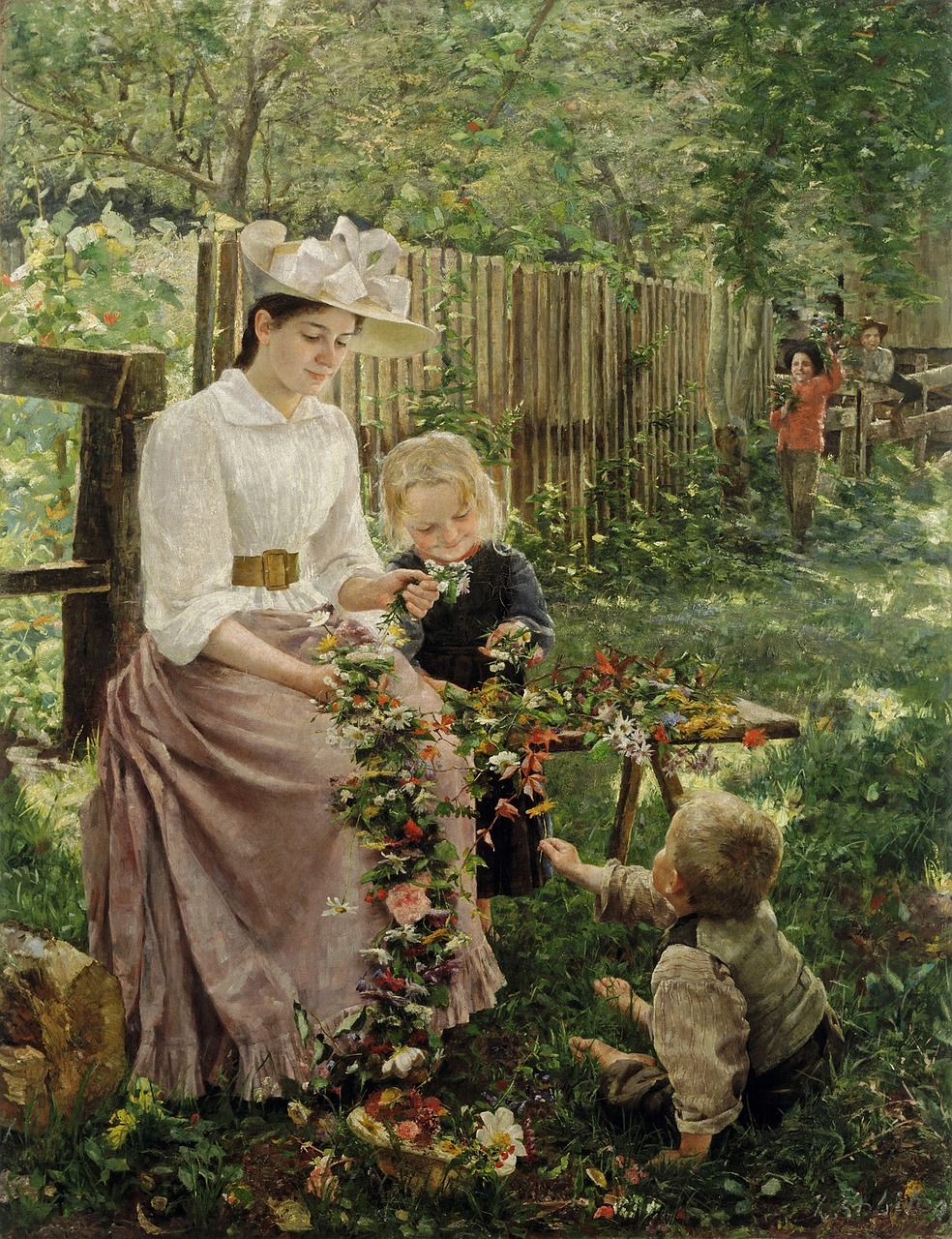 Talking with your kids about sex is one of the best things a parent can do. We know it’s protective. Kids who are knowledgeable and have a healthy, body positive sense of their own sexuality are less likely to become victims of sexual abuse in childhood.
Talking with your kids about sex is one of the best things a parent can do. We know it’s protective. Kids who are knowledgeable and have a healthy, body positive sense of their own sexuality are less likely to become victims of sexual abuse in childhood.
What should I tell my kids about sex?
Children need to know the proper names for their genitals. Despite all the silly names that exists for them, children are safer when they are able to speak about them in regular terminology. Children also need to know what the genitals do. In very simple language, genitals feel good when they are touched. This is not gross or disgusting, but a fact of life. Along with the proper terms and function for genitals, children also need to know that genitals are private. Simple language is best.
How do I teach my kids about their privates areas?
Children understand the concept of sharing and it is not a stretch for most to understand that their genitals are private which means that kids don’t share them with others. They can be taught it’s ok to share them with certain safe people like parents or doctors when they need help, are getting clean or when they need medical care. Children should be taught that if another child or a grown up tries to share their genitals, that person is breaking the touching rules and that is not ok. Parents can instruct their child on what to do if someone tries to break the touching rules, like, “yell stop!” Or to scream and run for help. Most importantly, every child needs to know that their parent wants them to tell them if someone breaks the touching rules because no matter who breaks them, even if it’s someone the child or parent loves, a child needs to know it’s not ok and you want them to tell.
The language of sharing genitals and the touching rules is particularly helpful in building a foundation to talk with children about sex and sexual behavior as they grow. Questions about where babies come from can be answered with the same language. From an early age, a child can learn that when they grow up, they get to decide who and when they want to share these very special parts. They can learn that it is a decision that is too big and too heavy for a kid, no matter how smart of a kid they are. Parents can use this conversation to teach values about sexual behavior’s place in life such only with someone you love or only in a marriage. They can also teach internet safety in that we never share these special parts online or over text.
Hows do children learn about sex?
Early on, this language plants the seeds for a healthy view of sexual behavior over a lifetime. These conversations can start at young ages, well before a child enters school. A quick check in of, “did everyone follow the touching rules?” Is a great tool to keep the conversation fresh and invite dialog after new experiences once children enter school ages. For a great resource to facilitate conversations with your school aged child, check out “The Very Touching Book” by Jan Hindman. For harder conversations or if there has been a break in the touching rules, reach out to a child therapist to help heal the hurt and begin the journey to healthy sexual development for your child.
Bibliography:
Hindman, Jan. The Very Touching Book. Aletheia, 1985.
Further Reading:
American Academy of Pediatrics. “Talking to Your Child About Sex.” HealthyChildren.org, 2015. https://www.healthychildren.org/English/ages-stages/gradeschool/puberty/Pages/Talking-to-Your-Child-About-Sex.aspx
Büchner, Simone, and Friederike Funke. “Early Childhood Sexuality Education: A Systematic Review of Educational Elements, Outcomes, and Evaluation Strategies.” European Journal of Public Health, vol. 31, no. 2, 2021, pp. 368-376.
Duffy, Brookes. “Talking to Kids About Sexuality: A Developmental Approach.” Pediatrics, vol. 138, no. 2, 2016, e20161348.
Elgán, Cecilia et al. “Parents’ Experiences of Talking to Their Children About Sexuality and the Role of the School.” Sex Education, vol. 21, no. 2, 2021, pp. 195-208.
Finkelhor, David. “The Prevention of Childhood Sexual Abuse.” The Future of Children, vol. 19, no. 2, 2009, pp. 169–194.
Grové, Christine, and Jennifer Reardon. “Parent-Child Communication About Sexuality: A Systematic Review.” International Journal of Sexual Health, vol. 30, no. 4, 2018, pp. 330-344.
Maddock, Jim. “Talking to Children About Sexuality.” Encyclopedia of Counseling, edited by Frederick T.L. Leong, SAGE Publications, 2008.
Nolin, Mary Jo, and Kay Petersen. “Gender Differences in Parent-Child Communication About Sexuality: An Exploratory Study.” Journal of Adolescent Research, vol. 7, no. 1, 1992, pp. 59-79.
Tseng, Yu-Hsuan, et al. “Family-Based Sexuality Education for Children and Adolescents with Intellectual Disabilities: A Systematic Review.” Sexuality and Disability, vol. 38, no. 4, 2020, pp. 643-660.


























0 Comments